Forget the missiles — this is what might actually end Iran as we know it
You say Khamenei, I say Khomeini
Amid the intensifying war between Israel and Iran, and with the United States now formally involved,1 the most significant development may not be the drone strikes or missile barrages. It may be the decision-making taking place underground in a Tehran bunker, where Iran’s Supreme Leader, Ayatollah Ali Khamenei, is reportedly preparing for his own death.
According to a detailed report last week from the New York Times, Khamenei has named three senior clerics as candidates to succeed him and instructed Iran’s Assembly of Experts — the constitutional body responsible for selecting a new Supreme Leader — to move swiftly in the event of his assassination. This is extraordinary in itself: succession has long been a taboo subject in Iran, where the Supreme Leader is meant to reign with religious and political legitimacy until death. But what’s more telling than the fact of the planning is who was not included in the shortlist.
The Times reports that Mojtaba Khamenei, the Supreme Leader’s son and long seen as a top contender, is not among the three names submitted. That just might be the single most important indicator of where the Islamic Republic is heading.
For years, Mojtaba has operated as a shadow figure in the Iranian regime — unelected, unelevated, but extremely influential. He was entrusted with major decisions during his father’s health scares. He has longstanding ties to the IRGC. The U.S. Treasury sanctioned him in 2019 for acting in an official capacity despite never holding public office. Many observers saw his rise as evidence that the Islamic Republic — ostensibly a republic of virtue, not blood — was drifting into dynastic rule.
That drift now appears to have been arrested. If the New York Times reporting is correct, and Mojtaba has been explicitly excluded from succession, it would signal that Khamenei — in the face of war and internal instability — has chosen to reaffirm the foundational principles of the revolution that brought him to power. He is refusing a hereditary handoff. He is putting the survival of the Islamic Republic above personal or familial ambition. That suggests strength, not weakness.
But within 48 hours, a Reuters report told a very different story. It too confirmed that succession planning has accelerated in the wake of the Israeli and American strikes. But in contrast to the Times, Reuters claims that both Mojtaba Khamenei and Hassan Khomeini — grandson of the Islamic Republic’s founder, Ayatollah Ruhollah Khomeini — are now top candidates. Mojtaba is described as the “continuity” pick. Hassan is a “conciliatory” option, potentially more acceptable to Iran’s reformist factions and the broader public.
The Reuters framing might seem reasonable. But if Mojtaba is indeed back in the running — despite everything that has unfolded — it would point not to stability, but desperation. It would suggest that the regime is too brittle to elevate a new leader on merit, and is instead leaning on brand recognition and a robust internal security apparatus to preserve power. That strategy may hold in the short term — war breeds conformity — but it would be a fundamental betrayal of the system’s ideological roots, and one that could eventually shatter whatever legitimacy remains.
Why This Moment Matters
Succession is not just a bureaucratic matter in the Islamic Republic. The Supreme Leader is the pivot of the entire system — the commander of the armed forces, the highest interpreter of the constitution, the spiritual leader of the Shiite theocratic order. Khamenei has held the position for more than three decades. His death, especially under wartime conditions, could trigger both a succession crisis and a constitutional test for the regime’s ability to reproduce itself.
That’s why his reported instruction to the Assembly of Experts — to name a successor quickly and from among three specific candidates — is so important. It’s a preemptive move to avoid chaos…and it’s one of the only windows we have into whether the regime is buckling under the pressure of Israeli and now U.S. attacks.
It is also a window into the thought process of the Supreme Leader. Ali Khamenei is a revolutionary and a theocrat. What better way for such a figure to go out than martyrdom, especially at the age of 86 and with health problems already well-documented. Khamenei is clearly preparing for assassination and potential martyrdom.
Perhaps maximally he is preparing to order a radical retaliation (blocking the Strait of Hormuz? A nuclear test? A series of terrorist attacks in the West?) that he could take the fall for before handing off to a new Supreme Leader who could bring peace — preserving Iranian strength, immortalizing his legacy, but also protecting the regime with one key decision, all at the small prices of an 86-year-old scapegoat.
The Raisi Wildcard — and the Pattern of Vanishing Contenders
The death of former Iranian President Ebrahim Raisi in May 2024 seems more suspicious in hindsight. Raisi was widely regarded as a leading successor to Khamenei. A former judiciary chief, hardliner, and political loyalist, he had the credibility to carry forward the regime’s core ideology while potentially managing its reform.
Raisi’s death in a helicopter crash — which Iranian officials insist was accidental — removed a consensus candidate at a critical moment. In hindsight, it seems even more consequential. He was the bridge between continuity and institutional legitimacy. Without him, the regime is left with extremes: either an unelected heir (Mojtaba) or a reformist royal (Hassan) — neither of whom can fulfill the full spectrum of requirements the next Supreme Leader must carry.
This is not the first time a viable successor has vanished. Former President Akbar Hashemi Rafsanjani, another potential candidate, died under suspicious circumstances in 2017. With each disappearance, the field narrows — not to Iran’s strongest figures, but to its most loyal and most symbolic. That narrowing reflects a deeper structural problem: the regime is struggling to elevate merit. The pattern suggests the Iranian state has been culling candidates who could pull their weight in favor of obedience / prolonging the current regime rather than protecting the revolution.
Just as there is no nuclear weapon, or Iranian proxy still standing, or Hormuz option…maybe there is no replacement for Khamenei either,
The Scenarios Ahead
The most immediate question is who will take over if Khamenei is killed in an Israeli or American strike — or dies of natural causes during the war. The most consequential question is what that choice will say about the future of the Islamic Republic.
The regime has three main paths:
Institutional Restoration: Khamenei's reported decision to exclude Mojtaba could reflect a desire to return to institutional principles — the elevation of a senior cleric based on religious and political merit, not family. This would be the best-case scenario for internal cohesion, even if it does little to address the regime's deeper popular legitimacy issues.
Dynastic Continuity: If Mojtaba is elevated despite everything — or if Hassan is chosen largely for his name — it would mark a fundamental contradiction at the heart of the regime. It would mean that the republic has accepted monarchy in everything but name. This would likely provoke long-term unrest, or perhaps even tip the Iranian people toward revolution/regime change.
Military Takeover by Proxy: If the clerical establishment cannot find a credible figure, the IRGC may install a weak Supreme Leader who functions as a front for military rule. In this case, the Islamic Republic would survive institutionally — but its ideological mission would be all but dead. Or perhaps the regular Iranian army will take over in typical military coup fashion, which my friend Kamran Bokhari suggested on my podcast.
Final Thought
My gut wants to say that if Iran chooses Mojtaba or even Hassan, it signals “game over” for the Islamic Republic. Because at that point, what would be left of the revolution’s founding claim? The Islamic Republic that rose in opposition to monarchy would, in effect, be embracing hereditary rule.
That is too inferential and radical and unsubstantiated to even be called a theory — but it is my analytical gut instinct, and at times where information and insight is scarce, we have to rely on our guts more than normal.
And I just can’t imagine the Iranian people — after years of economic crisis, repression, and broken promises — will go for it. Maybe they tolerate it for a moment, under war and nationalism. But the center cannot hold indefinitely on bloodline and branding alone.
It’s a gut call, but sometimes, in moments like this, that’s all one has. Information is scarce. Signals are noisy. But instincts, honed by watching these systems operate for decades, matter. And mine says this: if the next Supreme Leader of Iran is a Khamenei or a Khomeini, the regime is out of ideas. They’d be picking a name, not a leader. They’d be trying to survive — but in doing so, sealing their fate.
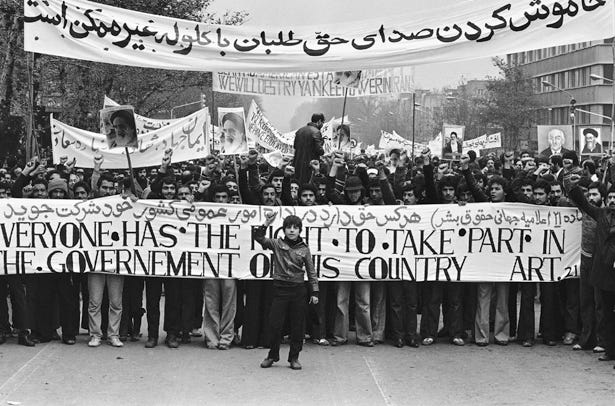



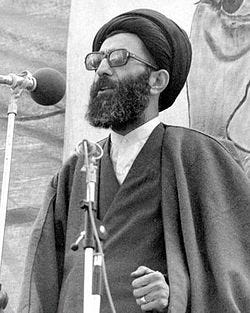

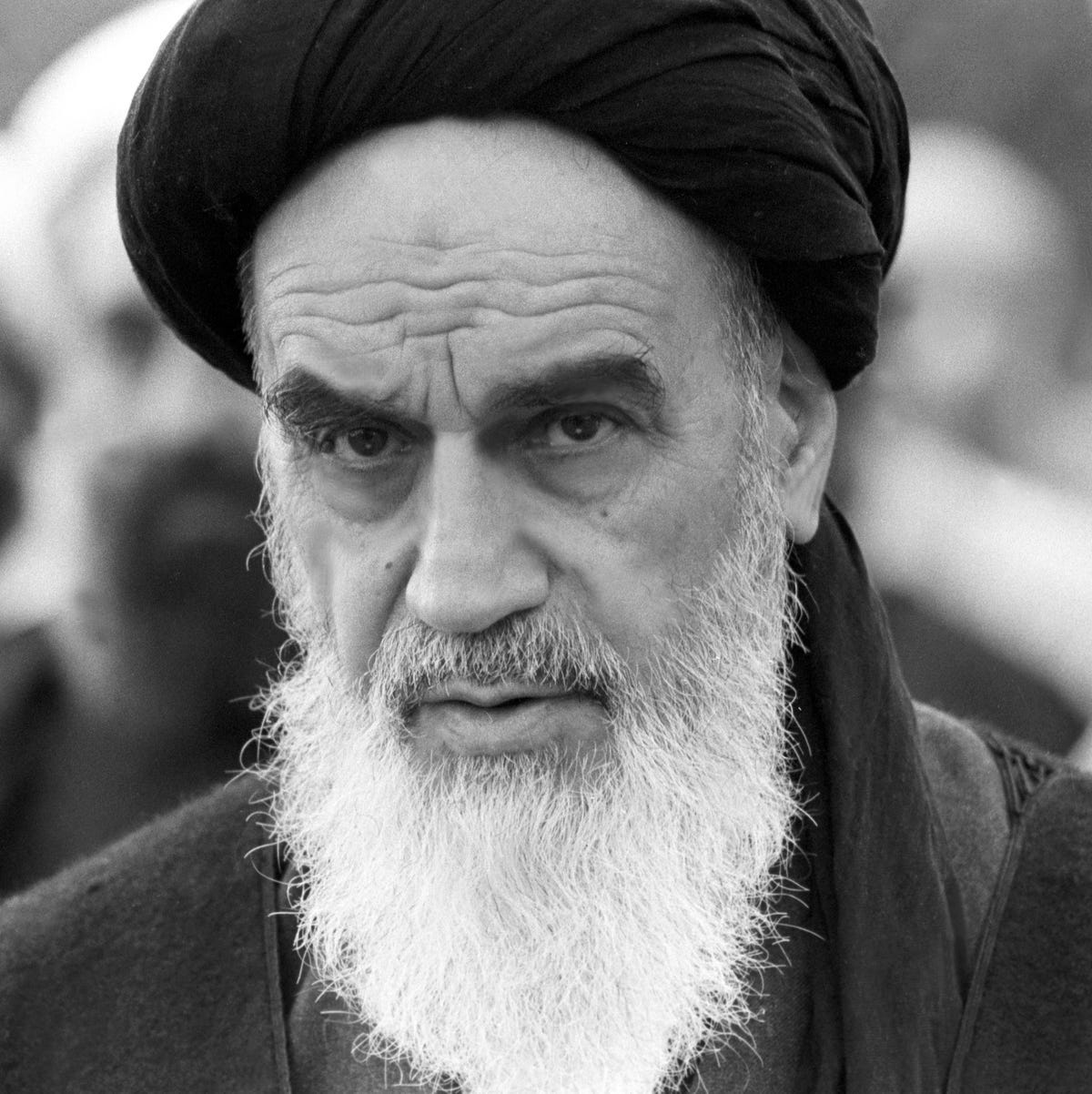
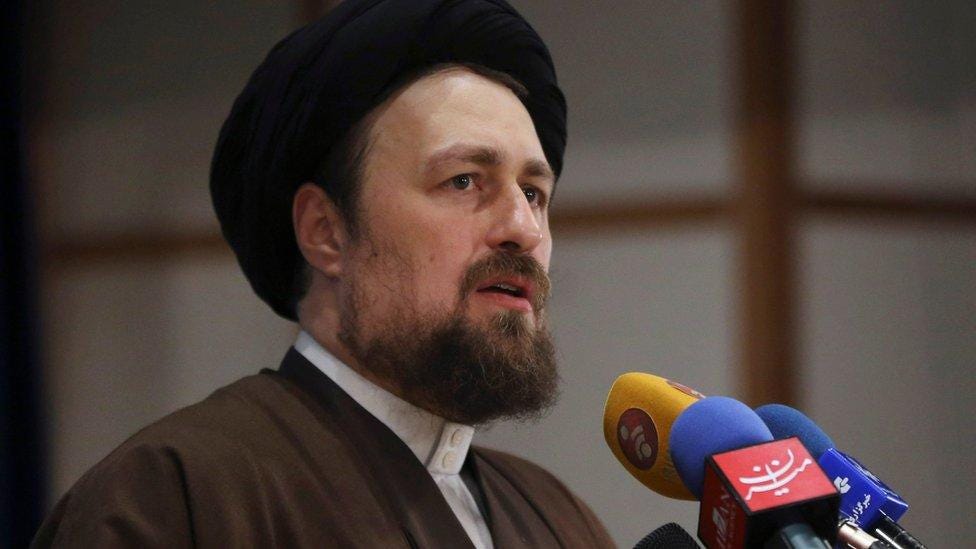
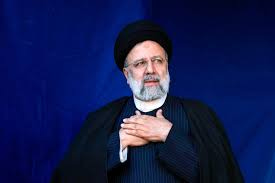


The odds are against Hassan, since he has distanced himself from the current main actors in the regime, and Mojataba is not looking good as a successor, but the main actors have pushed Mojtaba's name all these years. In my opinion, they would take the safest option to hold the core against people if successions occur today, despite not being in their position as a result of war.